UNLIMITED ACCESS TO OVER 400 HISTORIC PLACES
Live and breathe the story of England at royal castles, historic gardens, forts & defences, world-famous prehistoric sites and many others.
Image: An artist’s reconstruction of Poltross Burn milecastle on Hadrian’s Wall © Historic England (illustration by Peter Lorimer)
Read the full history of Hadrian’s WallFrom its original dimensions to the number of man hours it took to build the Wall, learn some headline facts about Hadrian’s Wall with our infographic.
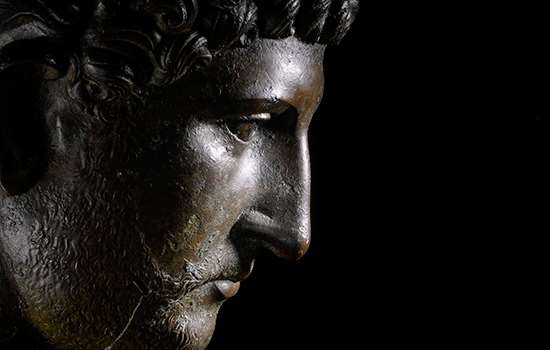
Discover the man behind the Wall. As emperor of the Roman Empire, Hadrian focused on securing the empire’s existing borders, and Hadrian’s Wall was the most impressive statement of this policy.
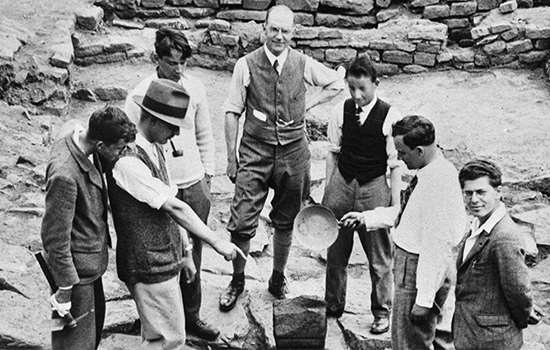
The remains of Birdoswald Roman Fort have revealed more about Hadrian’s Wall than any other site along Wall. Discover what some of the key finds tell us about the Romans and those who came after.
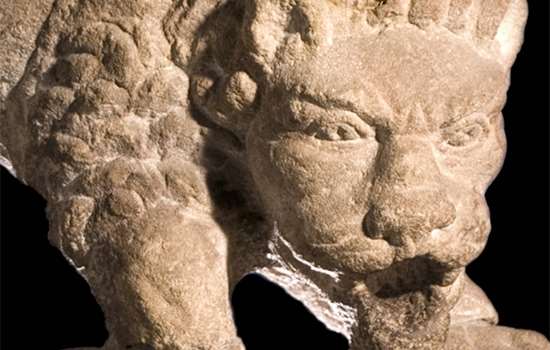
Lions were commonly used as sacred symbols in Roman memorials, but the Corbridge lion is different. Discover what this extraordinary sculpture tells us about changing beliefs in Roman Britain.
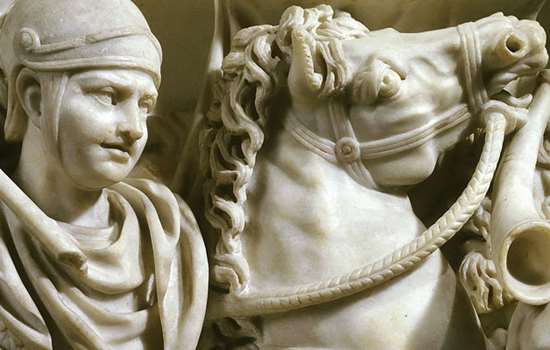
How recent archaeological excavations on Hadrian’s Wall have revealed why it has always been so difficult to discover where Roman soldiers kept their horses.
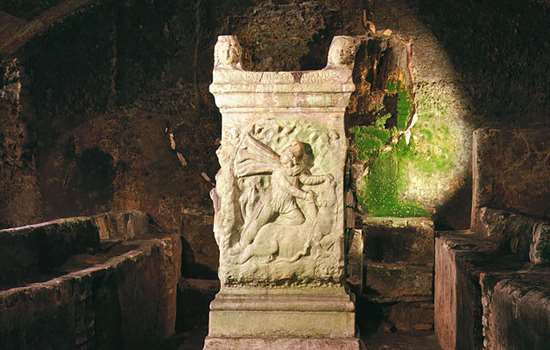
A remarkable sculpture of Mithras found on Hadrian’s Wall reveals religious and military connections with distant parts of the Roman Empire.
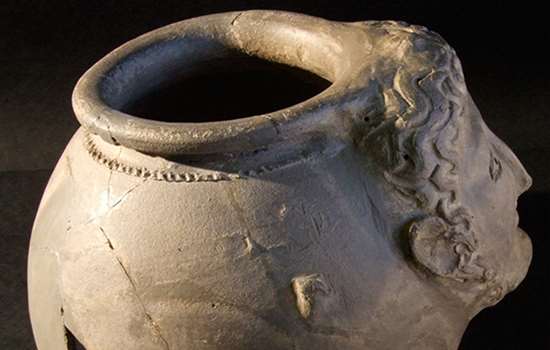
From strange heads on pots to missing temples, there are many things about Corbridge that continue to puzzle us. Read about the site’s most enigmatic mysteries here.

Once sworn enemies of the Roman Empire, the Dacians became trusted protectors of its north-western frontier. Explore their story and learn more about the diverse cultures on Hadrian’s Wall.
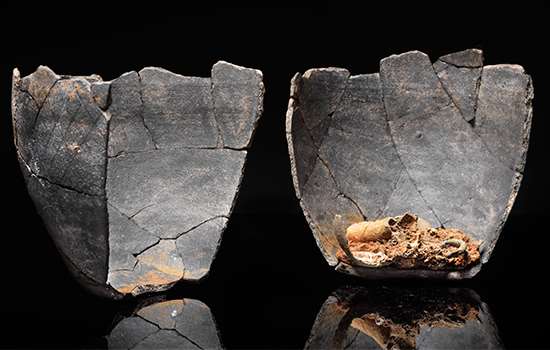
A rare excavation of burial urns found at Birdoswald has allowed researchers to examine the remains of those who lived and died at the fort. Discover what the new research reveals.
Roman soldiers stationed at Hadrian’s Wall lived alongside a diverse and complex community, including craftspeople, local tribes, slaves and officials. Select the images below to find out more about the people who lived on Hadrian’s Wall. All images © English Heritage (illustrations by Adam Larkum)
Read more about the RomansFollow the links below to learn more about the histories of some key sites along Hadrian’s Wall.